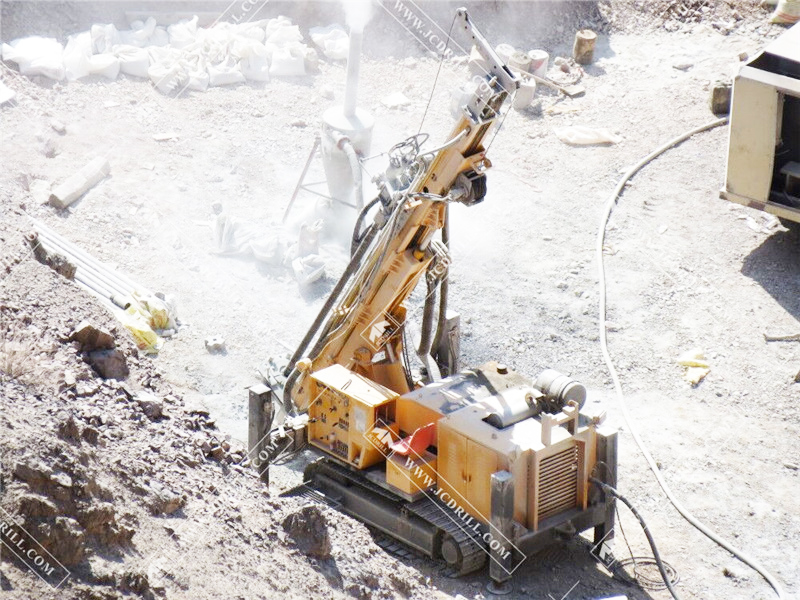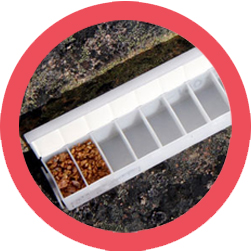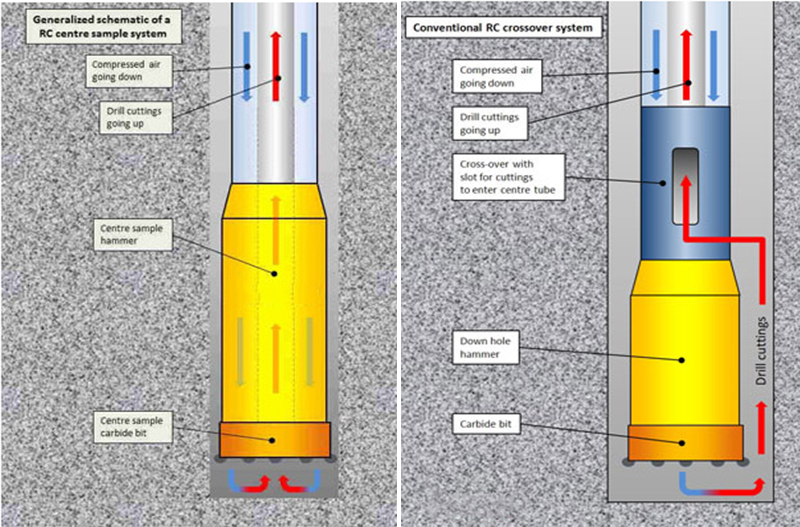+86 10 8467 3566
+86 10 8467 3566
Aug. 23, 21
Reverse circulation (RC) drilling know how.
Reverse circulation (RC) drill rigs are powerful, heavy track-mounted machines and reverse circulation drilling (RC drilling) uses an attached down-hole hammer to drill a hole. The down-hole hammer of RC drilling is supported by compressed air and RC drilling gets samples of rock cuttings instead of samples of rock core. JCDRILL RC drilling rigs include JRC200, JRC300 and JRC500.
RC drilling takes double drill rods where the air is passed down the opening through the surface annulus and into the hammer. Drill cuttings are cleared from the bit by the air and travel up through the centre tube of the drill rods remaining free from contamination.

Advantages of RC Drilling
Reverse circulation is a drilling way and it is used in areas where water is scarce or expensive, such as Australia and Western Africa. There are some advantages for RC drilling: High rate of penetration, penetration rates of rc drilling often exceed 80 m per shift depending on ground conditions. |  |
 | The speed of drilling can often mean big cost savings compared to slower drilling methods; Good in bad ground, RC drill cuttings are transported to surface inside the centre tube of the dual pipe. Because of this sample recovery is usually very good with high recoveries of both fines and clays; Environmentally sound, In mostly, RC drilling requires no water for rock drilling and it is a benefit in areas with sensitive water supply. |
RC Drilling Systems
 | RC drilling systems includes the centre-sample system and the conventional cross-over system. Using the centre sample system, drill cuttings liberated by the bit travel up directly through holes in the bit face and into the centre tube of the drill rods. This method produces an accurate and uncontaminated sample. Using the traditional cross-over system, cuttings first travel up around the bit before entering the centre tube through cross-over slots. The method is suited for first pass exploration drilling. |
Watch Video for JCDRILL RC Drilling JRC500
Previous: Choosing the Right Drilling Rigs for Exploration Drilling
Next: None